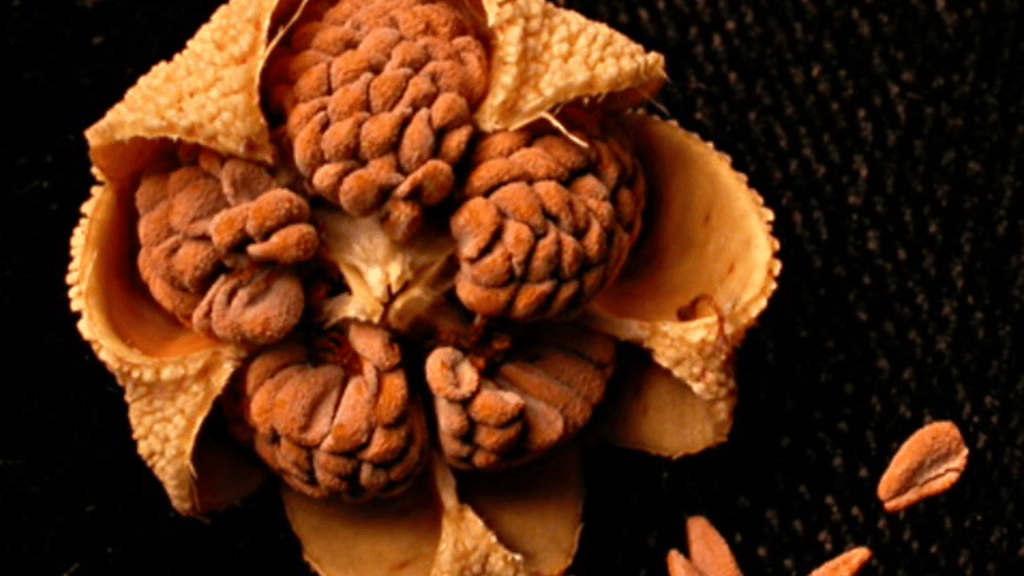
Pitcher Plant Seeds: Grow Exotic Carnivorous Plants at Home
Pitcher plants are unique and fascinating carnivorous plants that can add a touch of exotic beauty to your garden. In this post, we will provide you with step-by-step instructions on how to grow pitcher plant seeds at home, so you can enjoy the experience of cultivating these intriguing plants yourself. We will also discuss the benefits of growing pitcher plants and the care they require to thrive in your garden. Whether you are an experienced gardener or a beginner, this post will guide you through the process of growing pitcher plants and help you create a beautiful and thriving garden.
Pitcher plants are truly unique and fascinating carnivorous plants that have a special appeal for gardeners and plant enthusiasts. Their distinctive pitcher-shaped leaves and ability to attract, trap and digest insects make them a standout addition to any garden. Cultivating pitcher plants at home is an exciting and rewarding experience that allows you to showcase these exotic plants in your own garden. By growing pitcher plant seeds, you can enjoy the process of nurturing these intriguing plants from the initial stages of growth to their full development.
One of the benefits of growing pitcher plants is their ability to naturally control insect pests in your garden. These plants attract and capture insects, which helps to keep the population of harmful pests at bay. Additionally, pitcher plants can add a touch of exotic beauty to your garden with their unique appearance and striking colors. They can be an eye-catching addition to any outdoor space, adding interest and diversity to your plant collection.
When it comes to caring for pitcher plants, it’s important to provide them with the right growing conditions. Pitcher plants thrive in well-draining soil and require a humid environment to flourish. They also need consistent moisture and indirect sunlight to thrive. By following the proper care guidelines, you can ensure that your pitcher plants continue to thrive and enhance the beauty of your garden.
Whether you are a seasoned gardener or a beginner, the process of growing pitcher plant seeds at home can be a fulfilling and enjoyable experience. With the right guidance and care, you can cultivate these unique carnivorous plants and create a stunning garden display that showcases their exotic beauty.
Table of Contents
ToggleUnderstanding Pitcher Plant Seeds
Pitcher plants are unique and interesting carnivorous plants that can add a touch of exotic beauty to your garden. When it comes to caring for pitcher plants, it’s important to provide them with the right growing conditions. They thrive in well-draining soil and require a humid environment to flourish. It’s also important to give them consistent moisture and indirect sunlight. By following these care guidelines, you can ensure that your pitcher plants continue to thrive and enhance the beauty of your garden.
If you’re interested in cultivating pitcher plants from seeds, it can be a fulfilling and enjoyable experience. Whether you’re a seasoned gardener or a beginner, with the right guidance and care, you can successfully grow these unique plants at home. Adding pitcher plants to your outdoor space can provide visual interest and diversity to your plant collection. With the proper care, you can create a stunning garden display that showcases the exotic beauty of pitcher plants.
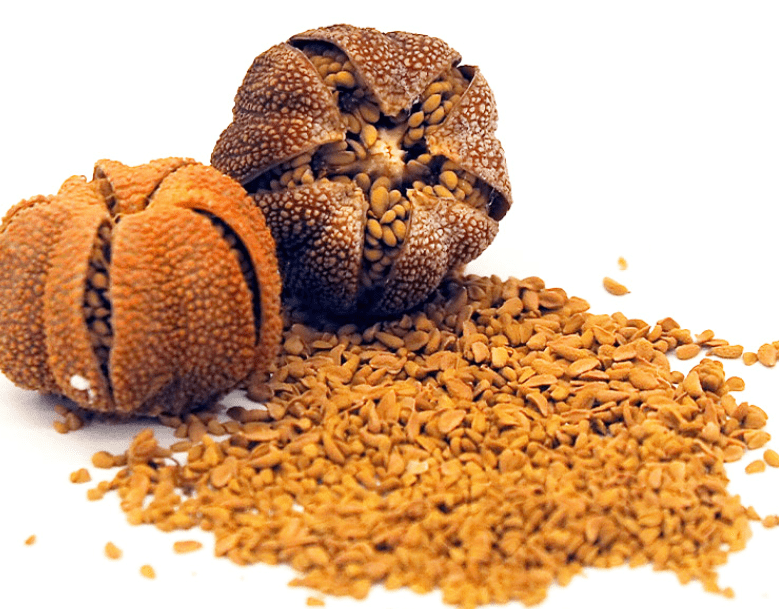
What are pitcher plant seeds?
Pitcher plant seeds are the seeds of a unique type of carnivorous plant known as the pitcher plant. These seeds can be a great addition to any outdoor space, adding visual interest and diversity to your plant collection. When it comes to caring for pitcher plants, it’s important to provide them with the right growing conditions. They thrive in well-draining soil and require a humid environment to flourish. Consistent moisture and indirect sunlight are also essential for their growth. With the proper care, you can ensure that your pitcher plants continue to thrive and enhance the beauty of your garden. Whether you are an experienced gardener or a beginner, growing pitcher plant seeds at home can be a fulfilling and enjoyable experience. With the right guidance and care, you can cultivate these unique plants and create a stunning garden display that showcases their exotic beauty.
Different species of pitcher plants (e.g., Sarracenia, Nepenthes, and Heliamphora)
Pitcher plants are a fascinating group of carnivorous plants, each with its own unique characteristics. Sarracenia, also known as trumpet pitchers, are native to North America and have distinctive trumpet-shaped leaves that act as pitfall traps for insects. Nepenthes, or tropical pitcher plants, are found in Southeast Asia and have a characteristic pitcher-shaped structure with a lid that attracts and captures prey. Heliamphora, commonly known as sun pitchers, are native to South America and have a tubular pitcher structure with a lid and nectar glands to attract insects.
Each species of pitcher plant has its own specific care requirements, but in general, they thrive in well-draining, acidic soil and require high humidity and bright, indirect sunlight to grow well. Proper watering and feeding are also important for their health and growth. With the right conditions, pitcher plants can be a unique and beautiful addition to any garden or indoor plant collection.
Importance of selecting high-quality seeds for successful growth.
Selecting high-quality seeds is crucial for successful growth of pitcher plants. High-quality seeds will have a higher germination rate, resulting in more plants successfully growing from the seeds. When choosing pitcher plant seeds, look for seeds that are fresh, plump, and free from any signs of damage or disease. It is also important to purchase seeds from reputable suppliers to ensure that you are getting high-quality, viable seeds. By starting with high-quality seeds, you can give your pitcher plants the best chance for successful growth and a thriving, healthy garden display.
Selecting and Purchasing Pitcher Plant Seeds
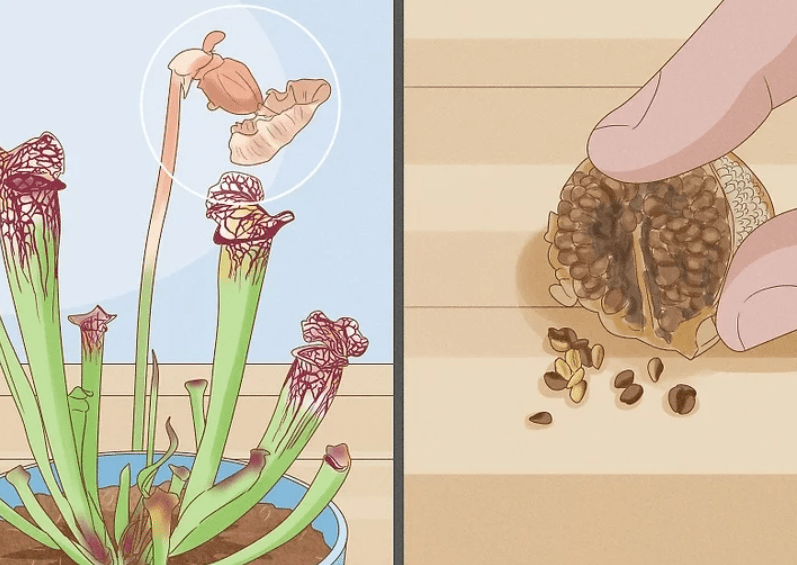
Factors to consider when choosing pitcher plant seeds.
When selecting pitcher plant seeds, there are several factors to consider to ensure successful growth and a healthy garden display. First, it is important to consider the specific care requirements for the species of pitcher plant you are interested in. Different species may have varying needs for soil type, humidity, sunlight, and watering, so it is essential to research and understand these requirements before purchasing seeds.
Additionally, it is crucial to choose high-quality seeds to give your pitcher plants the best chance for successful growth. Look for seeds that are fresh, plump, and free from any signs of damage or disease. It is also advisable to purchase seeds from reputable suppliers to ensure that you are getting viable seeds.
Furthermore, consider the environmental conditions in your garden or indoor space, such as the climate, sunlight exposure, and available space, to ensure that the chosen pitcher plant species can thrive in your specific environment.
By carefully considering these factors and selecting high-quality seeds, you can set your pitcher plants up for success and enjoy their unique and beautiful presence in your garden or indoor plant collection.
Where to buy pitcher plant seeds: nurseries, online stores, or specialist carnivorous plant suppliers.
When it comes to purchasing pitcher plant seeds, there are several options available. You can find them at nurseries, online stores, or specialist carnivorous plant suppliers. Nurseries often carry a variety of plant seeds, including pitcher plants, and may have knowledgeable staff who can provide guidance on the care and cultivation of these unique plants. Online stores also offer a wide selection of pitcher plant seeds, allowing you to easily browse and compare different options from the comfort of your own home. Additionally, specialist carnivorous plant suppliers are dedicated to providing high-quality seeds and plants, and may have a more extensive selection of pitcher plant species to choose from. When purchasing pitcher plant seeds, it’s important to consider the specific care requirements of the species you’re interested in, as well as the quality of the seeds and the environmental conditions in your garden or indoor space. By doing your research and choosing seeds from a reputable source, you can set yourself up for success in growing and enjoying these fascinating and beautiful plants.
Tips for ensuring seed viability and freshness.
When purchasing pitcher plant seeds, it is important to ensure their viability and freshness. Look for seeds that are plump, firm, and free from mold or discoloration. Avoid seeds that appear shriveled or damaged, as they may not germinate successfully. Additionally, consider the age of the seeds and choose those that are as fresh as possible. Proper storage conditions are also important for maintaining seed viability. Store seeds in a cool, dry place away from direct sunlight and moisture. It is also helpful to conduct a germination test before planting to determine the viability of the seeds. By carefully considering these factors and selecting high-quality seeds, you can set your pitcher plants up for success and enjoy their unique and beautiful presence in your garden or indoor plant collection.
Preparing for Planting
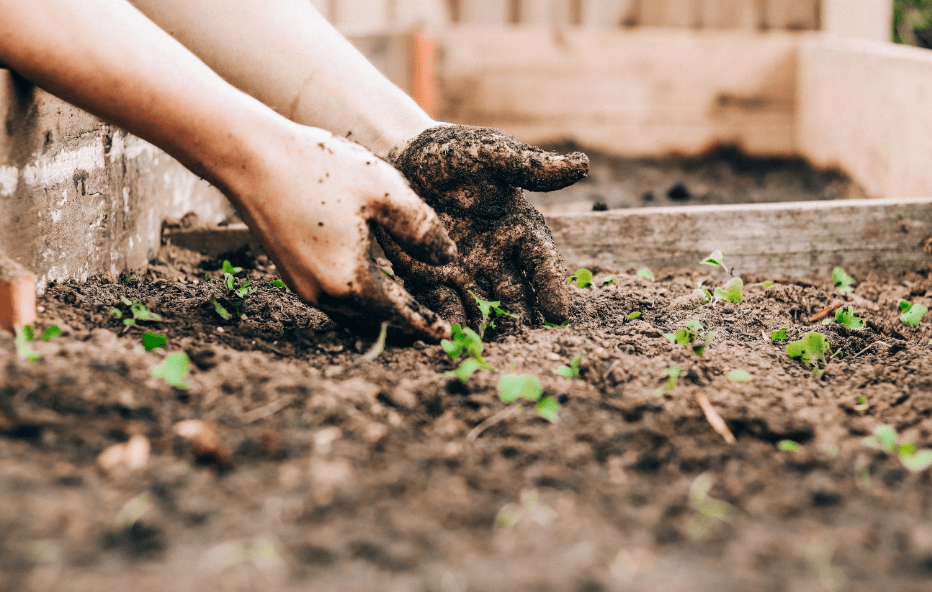
Choosing the right environment for your pitcher plants.
Pitcher plants are unique and fascinating plants that require specific growing conditions to thrive. When choosing the right environment for your pitcher plants, it’s important to consider their natural habitat. Pitcher plants typically grow in nutrient-poor, acidic soil in wetland areas, so replicating these conditions is essential for their success. Ensure that the soil is well-draining and slightly acidic, with a pH level of around 5.5 to 6.5.
In terms of light, pitcher plants thrive in bright, indirect sunlight. Avoid placing them in direct sunlight, as this can cause their pitchers to dry out and potentially harm the plant. If you’re growing pitcher plants indoors, consider placing them near a south or west-facing window where they can receive plenty of filtered sunlight.
Pitcher plants also require high humidity to thrive, so it’s important to create a humid environment for them. You can achieve this by placing a tray filled with water and pebbles near the plants to increase the moisture in the air. Alternatively, you can use a humidifier to maintain the ideal humidity levels for your pitcher plants.
In terms of temperature, pitcher plants prefer a consistently warm environment, with temperatures ranging from 60 to 85 degrees Fahrenheit. Avoid exposing them to extreme temperature fluctuations, as this can stress the plants and affect their growth.
By carefully selecting the right environment for your pitcher plants and providing them with the ideal growing conditions, you can ensure that they thrive and continue to display their unique and beautiful pitchers.
Ideal soil conditions and preparation: soil mix, acidity, and drainage.
When growing pitcher plants, it’s important to create the ideal soil conditions for them to thrive. The soil mix should be a combination of peat moss, perlite, and coarse sand to provide good drainage and aeration. Pitcher plants prefer acidic soil, so be sure to adjust the pH level to around 4.5 to 5.5. Proper drainage is also crucial for pitcher plants, as they don’t like to sit in waterlogged soil. Make sure the pot has drainage holes and consider adding a layer of gravel at the bottom to improve drainage. With the right soil mix, acidity, and drainage, your pitcher plants will have the perfect growing environment to flourish.
Importance of humidity, sunlight, and temperature for pitcher plant growth.
Pitcher plants require specific environmental conditions to thrive and grow. They need high humidity levels, as they naturally grow in tropical and subtropical regions where humidity is high. You can create a suitable environment for your pitcher plants by placing them in a terrarium or using a humidifier to maintain the necessary humidity levels. In terms of sunlight, pitcher plants require bright, indirect light. Avoid placing them in direct sunlight, as this can cause their delicate pitchers to dry out and become damaged. Instead, place them in a location where they can receive plenty of bright, filtered light throughout the day. Additionally, it’s important to maintain a consistent temperature for pitcher plants. Avoid exposing them to extreme temperature fluctuations, as this can stress the plants and affect their growth. By carefully selecting the right environment for your pitcher plants and providing them with the ideal growing conditions, you can ensure that they thrive and continue to display their unique and beautiful pitchers.
Germinating Pitcher Plant Seeds
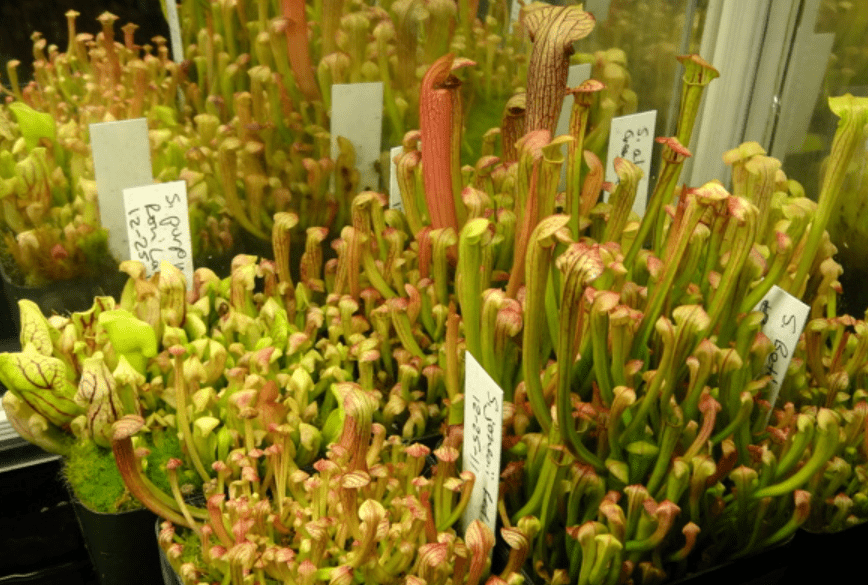
can be a rewarding and enjoyable process. To begin, it’s important to create the right environment for the seeds to germinate successfully. Pitcher plants naturally grow in tropical and subtropical regions where humidity levels are high, so it’s essential to provide a similar environment for the seeds. This can be achieved by placing the seeds in a terrarium or using a humidifier to maintain the necessary humidity levels. In terms of sunlight, pitcher plants require bright, indirect light. It’s important to avoid placing them in direct sunlight, as this can cause their delicate pitchers to dry out and become damaged. Instead, find a location where they can receive plenty of bright, filtered light throughout the day. Additionally, maintaining a consistent temperature is crucial for pitcher plants. Avoid exposing them to extreme temperature fluctuations, as this can stress the plants and affect their growth. By carefully selecting the right environment and providing the ideal growing conditions for your pitcher plant seeds, you can ensure that they thrive and continue to display their unique and beautiful pitchers.
Caring for Young Pitcher Plants
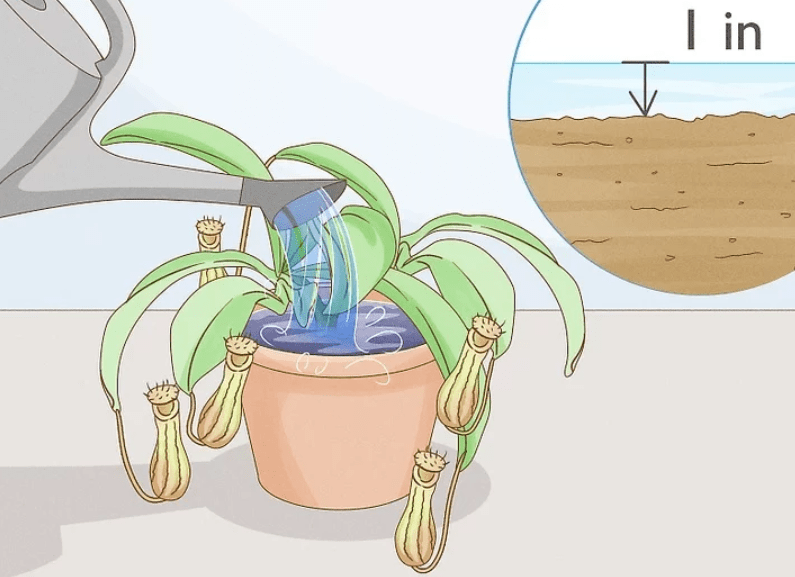
Watering: How much and how often.
When it comes to watering your pitcher plants, it’s important to strike a balance. Overwatering can cause the roots to rot, while underwatering can lead to dry, unhealthy plants. The key is to keep the soil consistently moist, but not waterlogged. You can achieve this by watering your pitcher plants when the top inch of soil feels dry to the touch. This will typically translate to watering them every 1-2 weeks, but it’s important to monitor the soil moisture and adjust your watering schedule as needed. Additionally, pitcher plants prefer to be watered with distilled or rainwater, as tap water can contain minerals that can harm the plants over time. By providing the right amount of water and using the right type of water, you can help your pitcher plants thrive and grow into healthy, vibrant specimens.
Feeding: Nutrient requirements and the role of insects in pitcher plant nutrition.
When it comes to feeding young pitcher plants, it’s important to understand their nutrient requirements and the role of insects in their nutrition. Pitcher plants are carnivorous plants, meaning they obtain some of their nutrients from insects that they capture and digest. The pitcher-shaped leaves of the plant trap insects, which then decompose and provide essential nutrients to the plant. It’s important to provide a suitable environment for insects to be attracted to the pitcher plant and for the plant to capture them. This can be achieved by placing the plant in a location where it can receive plenty of sunlight and where insects are likely to be present. Additionally, it’s essential to avoid providing excessive fertilizer to pitcher plants, as this can harm their delicate root systems. By understanding the nutrient requirements and the natural feeding process of pitcher plants, you can ensure that they receive the nutrition they need to thrive.
Pruning and maintaining young pitcher plants.
Pruning and maintaining young pitcher plants is important for their overall health and growth. It’s important to remove any dead or decaying pitchers to prevent the spread of disease and encourage new growth. Additionally, you should regularly check for pests and remove any that may be harming the plant. Providing the right conditions, such as adequate sunlight and the correct watering schedule, is also crucial for maintaining the health of young pitcher plants. By taking the time to properly prune and maintain your pitcher plants, you can help them to thrive and grow into healthy, vibrant specimens.
Protecting pitcher plants from pests and diseases.
Pitcher plants are unique and beautiful plants that require some specific care to protect them from pests and diseases. One way to protect pitcher plants is to place them in a location where they can receive plenty of sunlight and where insects are likely to be present. This will help the plant to naturally attract and trap its prey. It’s also important to avoid providing excessive fertilizer to pitcher plants, as this can harm their delicate root systems. By understanding the nutrient requirements and the natural feeding process of pitcher plants, you can ensure that they receive the nutrition they need to thrive.
In addition to providing the right conditions for pitcher plants, it’s important to prune and maintain them regularly. This involves removing any dead or decaying pitchers to prevent the spread of disease and encourage new growth. It’s also crucial to regularly check for pests and remove any that may be harming the plant. By taking the time to properly prune and maintain your pitcher plants, you can help them to thrive and grow into healthy, vibrant specimens. With the right care and attention, you can protect your pitcher plants from pests and diseases and enjoy their unique beauty for years to come.
Transplanting and Repotting Pitcher Plants
When and how to transplant young pitcher plants into larger containers or garden beds.
Pitcher plants should be transplanted into larger containers or garden beds when they have outgrown their current space. This is typically done in the spring or early summer when the plant is actively growing. To transplant a young pitcher plant, carefully remove it from its current pot or location, being sure to disturb the roots as little as possible. Then, place it into a larger container or garden bed with well-draining soil. Be sure to water the plant thoroughly after transplanting to help it adjust to its new environment.
When transplanting pitcher plants, it’s important to ensure that the new container or garden bed has enough space for the plant to grow. Properly spacing the plants will also allow them to trap their prey more effectively. Additionally, be sure to avoid providing excessive fertilizer to pitcher plants, as this can harm their delicate root systems.
In terms of maintenance, it’s important to regularly prune and remove any dead or decaying pitchers to prevent disease and encourage new growth. It’s also crucial to check for pests and remove them to protect the health of the plant. By providing the right conditions and care, you can help your pitcher plants thrive and grow into healthy, vibrant specimens.
Tips for successful transplanting to minimize transplant shock.
Transplanting can be a stressful experience for plants, and it’s important to take steps to minimize transplant shock. First, carefully remove the plant from its current container or location, being sure to gently loosen the roots to encourage healthy growth. Then, place it into a larger container or garden bed with well-draining soil. Be sure to water the plant thoroughly after transplanting to help it adjust to its new environment. When transplanting pitcher plants, it’s important to ensure that the new container or garden bed has enough space for the plant to grow. Properly spacing the plants will also allow them to trap their prey more effectively. Additionally, be sure to avoid providing excessive fertilizer to pitcher plants, as this can harm their delicate root systems. In terms of maintenance, it’s important to regularly prune and remove any dead or decaying pitchers to prevent disease and encourage new growth. It’s also crucial to check for pests and remove them to protect the health of the plant. By providing the right conditions and care, you can help your pitcher plants thrive and grow into healthy, vibrant specimens.
Special Care Considerations
Transplanting pitcher plants requires special care to ensure they thrive in their new environment. After transplanting, it’s important to water the plant thoroughly to help it adjust. Make sure the new container or garden bed has enough space for the plant to grow, and proper spacing will also allow it to trap prey more effectively. Avoid providing excessive fertilizer, as this can harm the delicate root system of pitcher plants. Regular pruning and removal of dead pitchers is important to prevent disease and encourage new growth. It’s also crucial to check for pests and remove them to protect the health of the plant. By providing the right care and conditions, you can help your pitcher plants thrive and grow into healthy, vibrant specimens.
Common Problems and Solutions
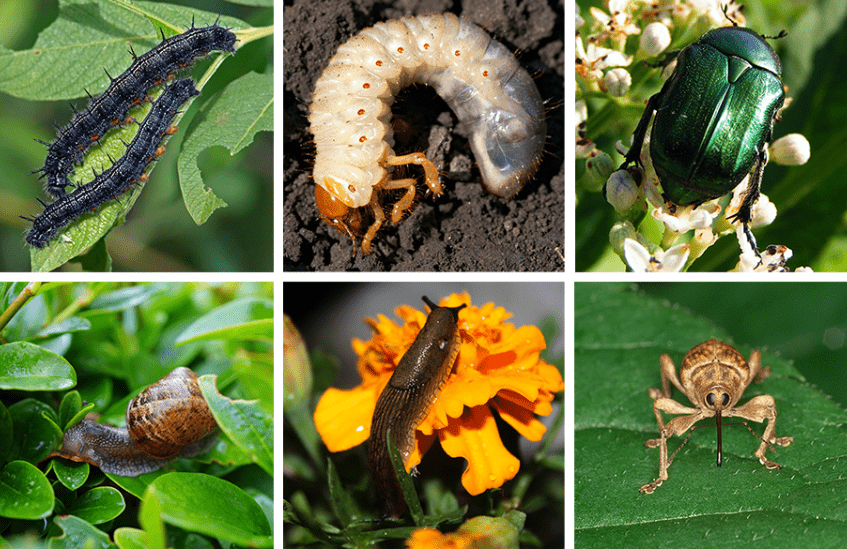
One common problem with pitcher plants is overwatering. To solve this issue, make sure that the soil is well-draining and allow the top inch of soil to dry out before watering again. Another common problem is inadequate sunlight. Pitcher plants need bright, indirect light to thrive, so make sure to place them in a location with plenty of natural light. If you notice the leaves turning brown or black, it could be a sign of sunburn, so try moving the plant to a location with slightly less light. Additionally, be on the lookout for pests such as aphids or mealybugs, which can be removed by gently wiping the affected areas with a cotton swab dipped in rubbing alcohol. By addressing these common problems and providing the necessary care, you can help your pitcher plants flourish and thrive.
Uses and Fascinating Facts About Pitcher Plants
Pitcher plants are fascinating and unique plants that have a variety of uses and interesting facts. One interesting fact about pitcher plants is that they are carnivorous, meaning they attract, trap, and digest insects as a source of nutrients. This makes them a great addition to any garden for natural pest control. Another fascinating fact is that some species of pitcher plants can live for up to 30 years, making them a long-lasting and low-maintenance plant to have. In addition, pitcher plants have been used in traditional medicine for their potential healing properties. They contain compounds that have been studied for their antibacterial and antifungal properties, making them an interesting plant for medicinal purposes. Overall, pitcher plants are not only visually striking, but they also have unique uses and fascinating facts that make them a great addition to any garden.
In conclusion, growing pitcher plants at home can be a rewarding and unique experience. By following the step-by-step instructions provided in this post, you can successfully cultivate these exotic carnivorous plants in your own garden. Not only will you be able to enjoy the beauty of these unique plants, but you will also have the satisfaction of knowing that you have successfully grown them yourself. So, if you’re interested in adding a touch of exotic beauty to your garden, consider growing pitcher plants from seeds at home.
Frequently asked questions And Answer
Pitcher plants are a type of carnivorous plant that lures, traps, and digests insects as a source of nutrients.
Yes, pitcher plants can be grown at home with the right conditions and care.
Pitcher plants thrive in humid and well-drained soil, and they require plenty of sunlight.
Plant the seeds in a shallow container with a mix of peat moss and perlite, and keep the soil consistently moist
Germination time can vary, but it typically takes 1-3 months for pitcher plant seeds to sprout.
Pitcher plants need to be watered with distilled or rainwater, as they are sensitive to minerals found in tap water. They also benefit from occasional feeding with insects or fish food.
While pitcher plants are not toxic, it is best to keep them out of reach of pets and children to prevent damage to the delicate pitchers.
You can find pitcher plant seeds at specialty plant nurseries, online retailers, or from other plant enthusiasts through seed exchanges.
